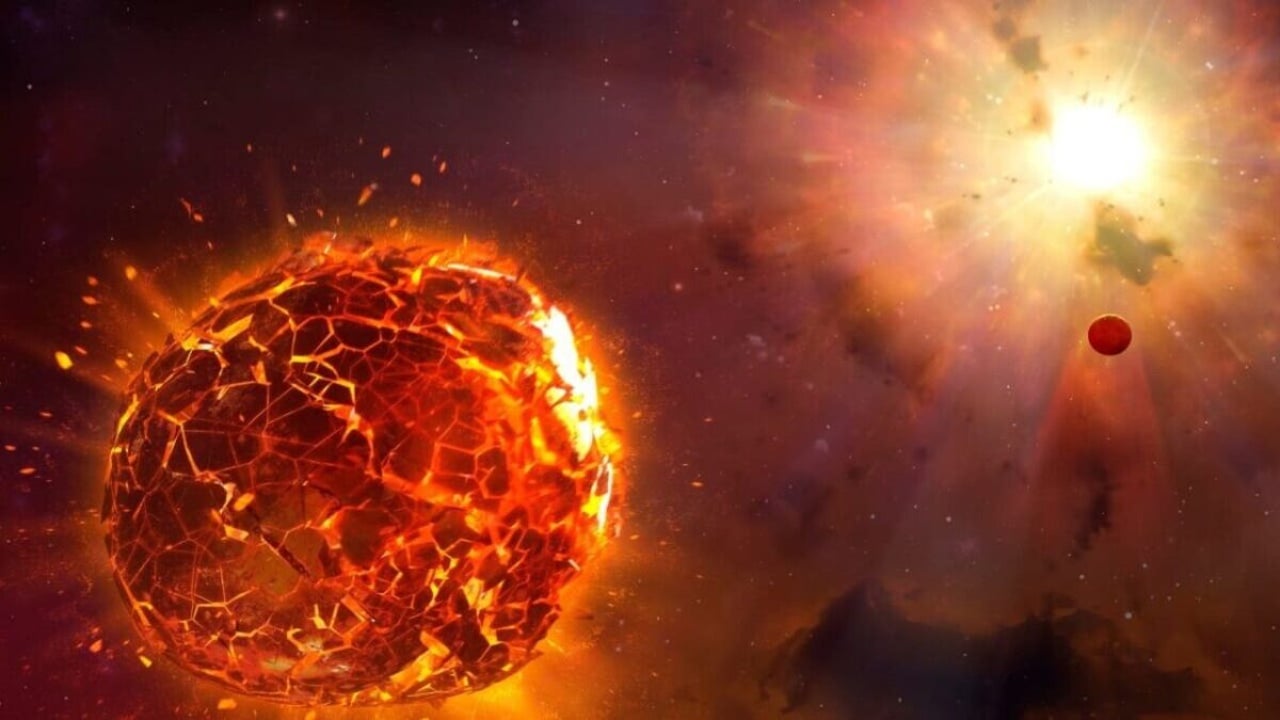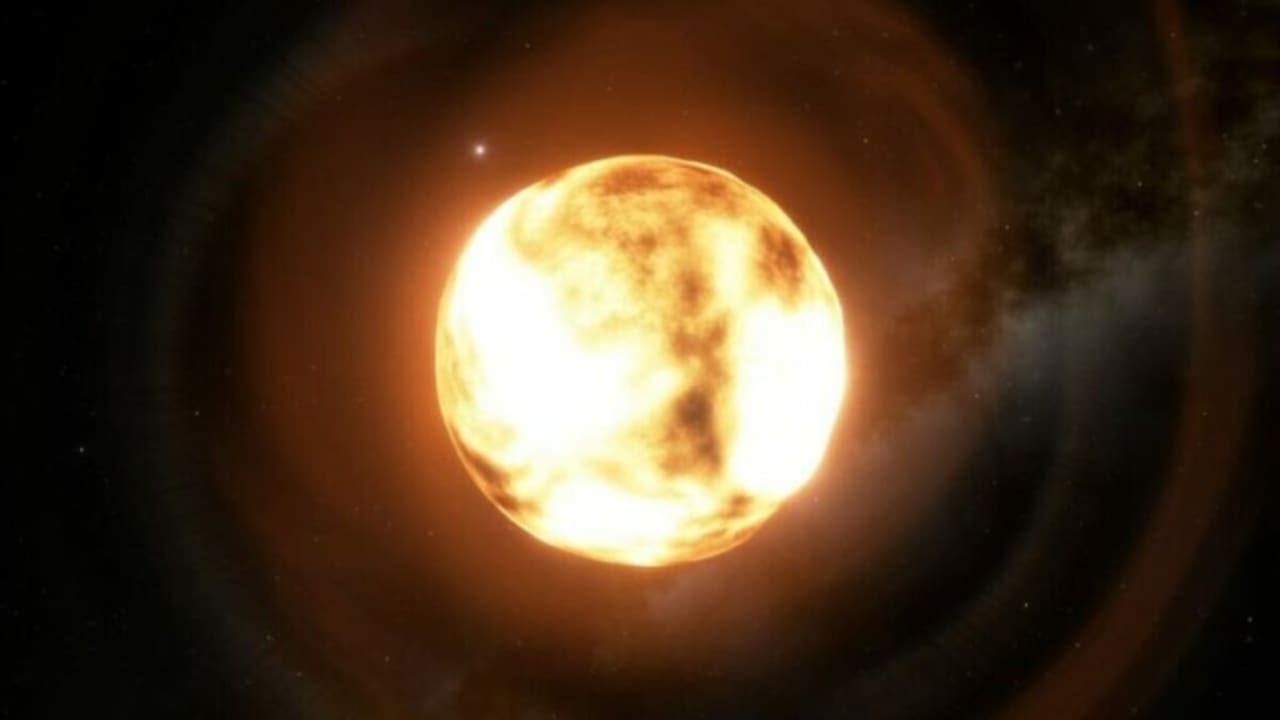News
Betelgeuse’s Supernova Threat: What Would Happen if the Star Explodes?
The days of the big red star we see from Earth are numbered...

- July 5, 2023
- Updated: March 7, 2024 at 3:10 PM
One of the brightest stars in the night sky has unexpectedly become even brighter, leading to speculation that it could soon explode in a supernova. Should we anticipate such a unique celestial spectacle in the near future?
The star in question is Betelgeuse, a massive red-tinted star located on the left shoulder of the iconic Orion constellation. Positioned about 650 light-years away from Earth, Betelgeuse typically ranks as the tenth brightest star in the night sky.
However, since early April, the star has climbed to the seventh position and is currently shining at over 140% of its usual brightness, as reported by the Twitter account Betelgeuse Status, which closely monitors the star’s behavior.
Betelgeuse is a red supergiant, an enormous star that has exhausted all the hydrogen fuel in its core and expanded hundreds of times beyond its original envelope.
Astronomers believe that the star is currently fusing helium into carbon and oxygen, a phase in stellar evolution that lasts from tens to hundreds of thousands of years and precedes the star’s demise in a supernova explosion.
Betelgeuse’s recent antics, dating back to 2019, have led some to speculate that the moment of its spectacular death may be approaching. If Betelgeuse were to go supernova, it would be the closest supernova explosion in over 400 years and would be so bright that it would be visible even in daylight, outshining the moon.

A star that keeps changing
Betelgeuse is a variable star known for its regular oscillations between periods of higher and lower brightness. For over 100 years, astronomers have observed Betelgeuse brightening every 400 days, then fading to about half its maximum brightness before brightening again.
But in December 2019, the star unexpectedly dimmed beyond what had been seen before, reaching a minimum 2.5 times fainter than its usual dimmest state.
The cause of the event, later dubbed the Great Dimming, was traced back to a massive outburst of material from within the star that created a huge cloud of dust, subsequently obscuring our view of the star.
From star to red giant
Although Betelgeuse has regained its usual brightness, the star has not been the same since the Great Dimming. Its brightness oscillation period of 400 days has been halved to 200 days, and the star seems to be exhibiting additional brightness that excites sky observers.
While the normal life of a star ends when it runs out of hydrogen and begins fusing helium in its core, its extended life as a red giant continues beyond the helium-burning stage.
Without helium, the star will continue to burn carbon and oxygen into neon and magnesium, and then burn these into silicon. Eventually, the star’s core becomes filled with iron. And then the fireworks begin.

The time scale of stellar death
While the hydrogen-burning phase of a star can last billions of years, each subsequent phase becomes increasingly shorter.
Betelgeuse still has many thousands of years of life ahead, so its increased brightness is merely anecdotal. In fact, the star has been this bright in the past, albeit only for brief periods of time.
Some of the links added in the article are part of affiliate campaigns and may represent benefits for Softonic.
Journalist specialized in technology, entertainment and video games. Writing about what I'm passionate about (gadgets, games and movies) allows me to stay sane and wake up with a smile on my face when the alarm clock goes off. PS: this is not true 100% of the time.
Latest from Chema Carvajal Sarabia
- Google wants to help us with our video call meetings: Sometimes it’s hard to look good
- Google and the United States Department of Justice present their closing arguments
- MrBeats releases the first teaser of his Beast Games contest, the show surrounded by complaints and lawsuits from Prime Video
- Ubisoft games are being blocked on PC and it’s Windows 11’s fault
You may also like

SearchGPT is much easier to use on the iPhone thanks to new shortcuts
Read more

China puts obstacles in the way of Apple Intelligence and the solution is unsurprising
Read more

A complete bluff? The reviews for Moana 2 make it clear that the movie does not live up to the original
Read more

The most beloved killer on television has a new series—The trailer for Dexter: Original Sin has arrived
Read more

What will we find in season 2 of Squid Game? The new Netflix trailer makes it very clear
Read more

Enigmatic and ruthless: this is how the new John Krasinski series for Prime Video will be
Read more